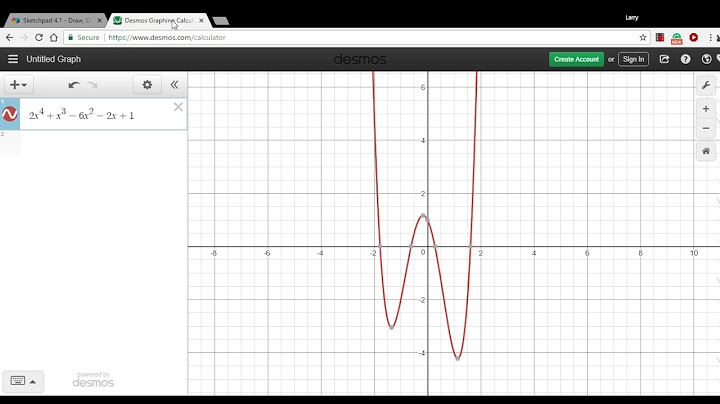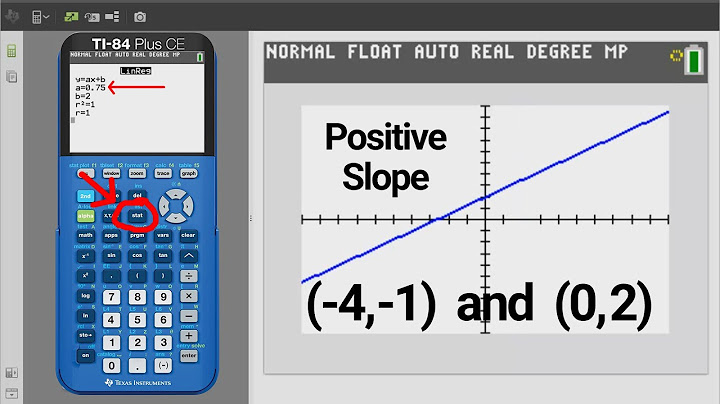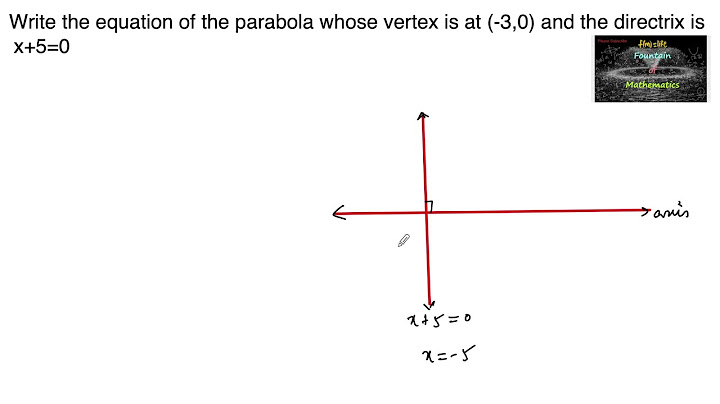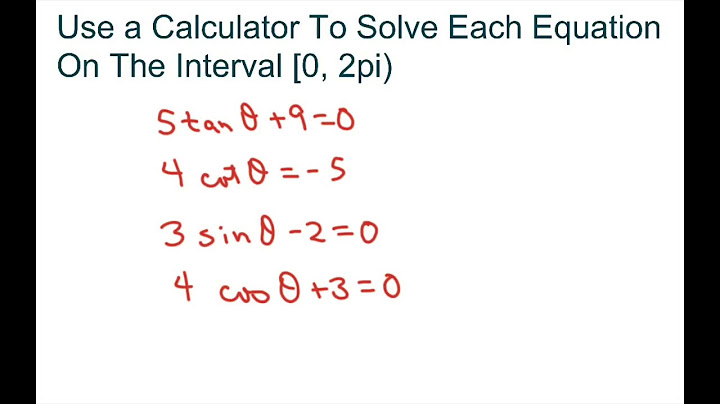What is an Oblique Triangle?An oblique triangle is defined as any triangle without a right angle (90-degree angle). Oblique triangles use a set of formulas unique from right angle triangles. Show Triangle Calculator: How It WorksWith an oblique triangle calculator, all values can be calculated if either 1 side and any two other values are known. Get triangle values and formulas for:
The law of sines and law of cosines are essential to the calculation process. These formulas are shown below. How to Use this CalculatorJust input one side length and any two other values, and our calculator will return missing values in exact value and decimal form in addition to the step-by-step calculation process for each of those missing values. Solving Triangles Given Two Angles and One SideIf told to find the missing sides and angles of a triangle with angle A equaling 34 degrees, angle B equaling 58 degrees, and side a equaling a length of 16, you would begin solving the problem by determing with value to find first. Since two angle measures are already known, the third angle will be the simplest and quickest to calculate. To find the third angle (angle C) you can apply the law that all triangles add up to 180 degrees. this process is shown below: \text{angleC}=180-\text{angleA}-\text{angleB} \text{angleC}=180-(34^{\circ })-(58^{\circ }) \text{angleC}=88^{\circ } \text{(in simplest form)} To find the values of the other two sides, sides b and c, the law of sines must be used. The calculation process of finding these values is shown below: \frac{\text{sideA}}{\sin (\text{angleA})}=\frac{\text{sideB}}{\sin (\text{angleB})}=\frac{\text{sideC}}{\sin (\text{angleC})} \text{sideB}=\frac{(16)\sin ((58))}{\sin ((34))} \text{sideB}=\frac{16\sin (58)}{\sin (34)} \text{(in exact value form)} 24.26491726609088 \text{(in decimal approximation form)} \text{sideC}=\frac{\text{sideA}\cdot \sin (\text{angleC})}{\sin (\text{angleA})} \text{sideC}=\frac{(16)\sin ((88))}{\sin ((34))} \text{sideC}=\frac{16\sin (88)}{\sin (34)} \text{(in exact value form)} 28.5952363362601811 \text{(in decimal approximation form)} Now that all sides and angles of the triangle have been calculated the area and perimiter of the triangle can be calculated. The calculation process for the area and perimiter is shown below: \text{area}=\frac{1}{2}\cdot \text{sideA}\cdot \text{sideB}\cdot \sin (\text{angleC}) \text{area}=\frac{1}{2}(16)(\frac{16\sin (58)}{\sin (34)})\sin ((88)) \text{area}=\frac{128\sin (58)\sin (88)}{\sin (34)} \text{(in simplest form)} 194.0010858728679993 \text{(in decimal approximation form)} Solving Triangles Given One Angle and Two Sides (Law of Sines)If given one angle of a triangle and two sides, it is possible for two triangles to exist given the same dimensions. For example if told to find the missing sides and angles of a triangle given angle A is 19 degrees, side a is length 45, and side b length 44, you may begin by using the law of sines to find angle B. This is shown below: \text{(law of sines)} \frac{\sin (\text{angleA})}{\text{sideA}}=\frac{\sin (\text{angleB})}{\text{sideB}}=\frac{\sin (\text{angleC})}{\text{sideC}} \text{angleB}=\sin ^{-1}(\frac{\text{sideB}\cdot \sin (\text{angleA})}{\text{sideA}}) \text{angleB}=\sin ^{-1}(\frac{(44)\sin ((19))}{(45)}) \text{angleB}=\sin ^{-1}(\frac{44\sin (19)}{45}) \text{(in exact value form)} \text{angleB}=18.5621602382506538^\circ \text{(in decimal approximation form)} Since it is true that the sin of supplementary angles have equal values and the sin function was used to find angle B, you have to check if another triangle may exist with angle A measuring 19 degrees and and angle B measuring 18 degrees. Supplementary angles are angles who's sum equate to 180 degrees. If the sum of the supplement of angle B and angle A is less than 180 degrees, it is possible for two triangles to exist. To test this you can follow the process below: 180-\text{angleB}+\text{angleA}<180 180-(\sin ^{-1}(18.5621602382506538))+(19)<180 180.43783976174936>180 Since the sum of the supplement of angle B and angle A is greater than 180 degrees, it is impossible for another triangle to exist. You can continue to find the other sides and angles of the triangle. To find angle C you may follow the calculation process shown below: \text{angleC}=180-\text{angleA}-\text{angleB} \text{angleC}=180-(19^{\circ })-(\sin ^{-1}(18.5621602382506538)^{\circ }) \text{angleC}=142.4378397617493462^\circ To find side C you can follow the calculation process shown below: \text{sideC}=\frac{\text{sideA}\cdot \sin (\text{angleC})}{\sin (\text{angleA})} \text{sideC}=\frac{(45)\sin ((-\sin ^{-1}(18.5621602382506538)+161))}{\sin ((19))} \text{sideC}=84.2618657157949768^\circ Finaly, the area of the triangle can be calculated using the calculation process shown below: \text{area}=\frac{1}{2}\cdot \text{sideA}\cdot \text{sideB}\cdot \sin (\text{angleC}) \text{area}=\frac{1}{2}(45)(44)\sin ((-\sin ^{-1}(\frac{44\sin (19)}{45})+161)) \text{sideC}=84.2618657157949768^\circ How do you find the angle of a triangle with a ratio of 2/3 4?So let us consider the angles as 2x,3x and 4x.. 2x+3x+4x=9x.. or x=9180=20∘. ∴,2x=2×20=40∘. 3x=3×20=60∘. and 4x=4×20∘=80∘. |

Related Posts
Advertising
LATEST NEWS
Advertising
Populer
Advertising
About

Copyright © 2024 membukakan Inc.


















